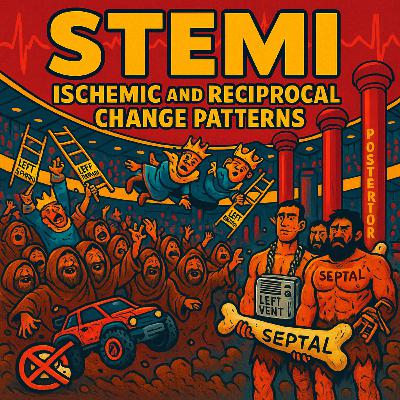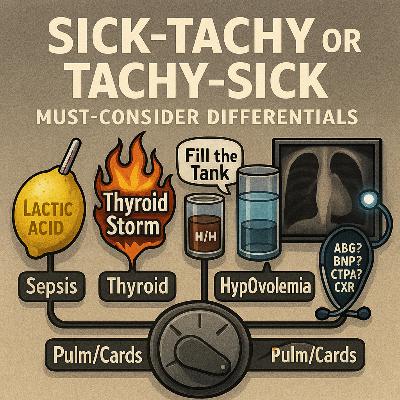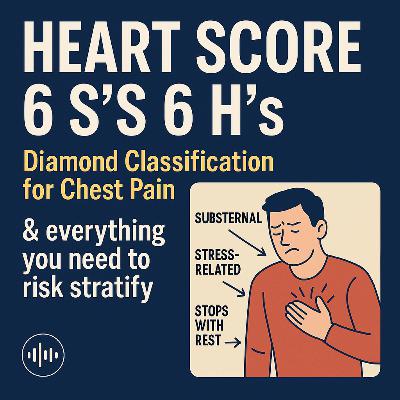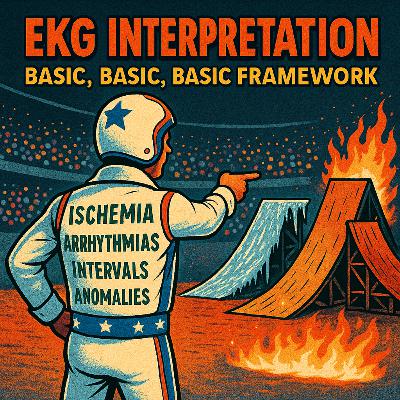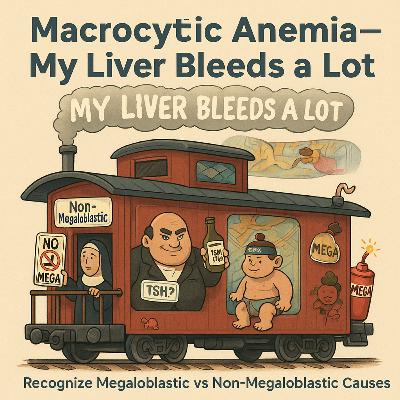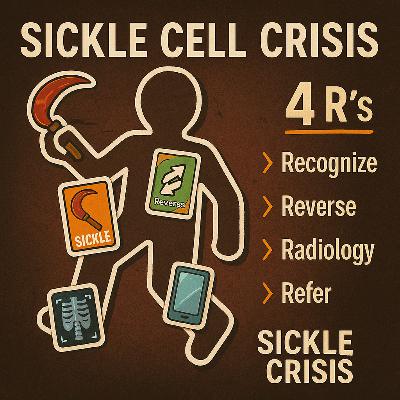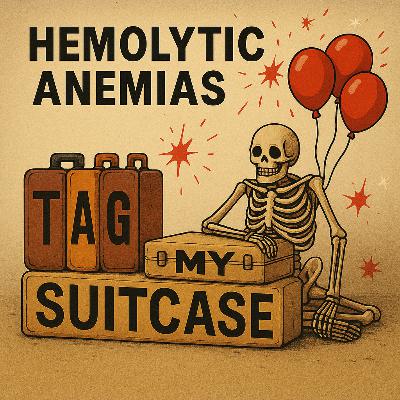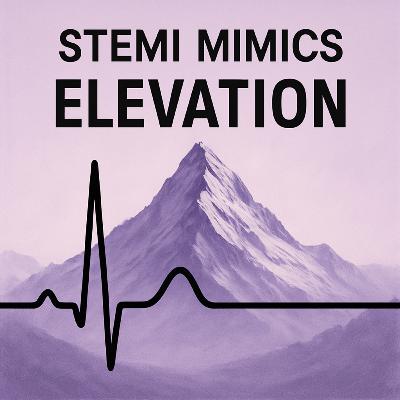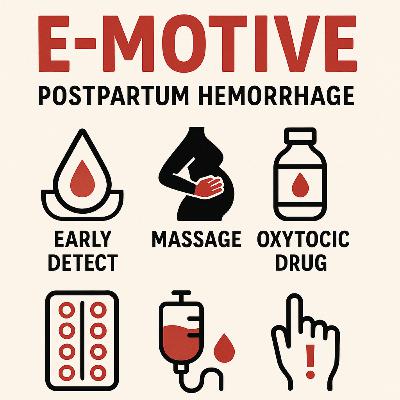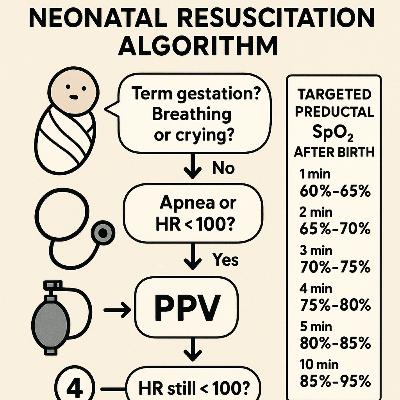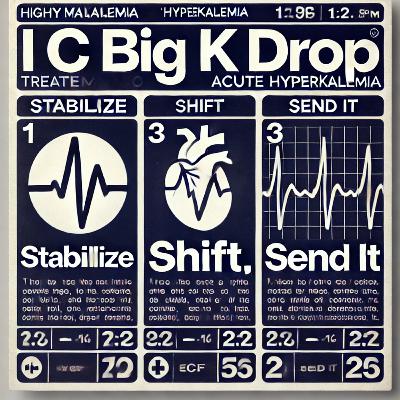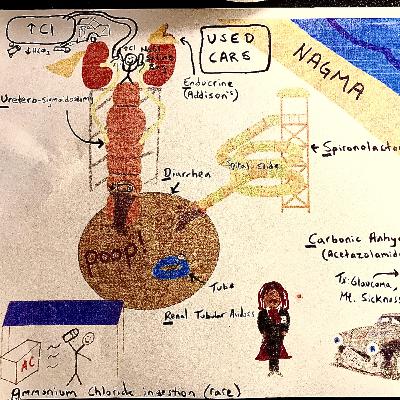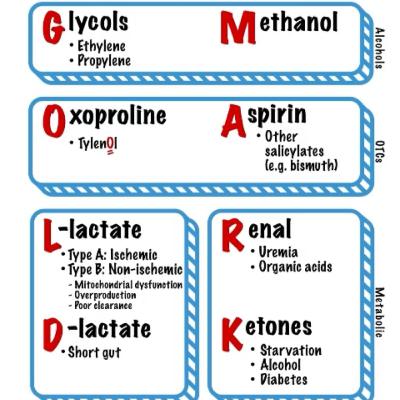STEMI ischemic and reciprocal change patterns
Description
In a cardiac emergency, pattern recognition saves lives. The ability to rapidly identify ST-elevation myocardial infarctions (STEMIs) — and recognize their reciprocal changes — is one of the most high-yield clinical skills you can master. But memorizing lead groupings, artery territories, and reciprocal zones can feel abstract… until now.
This podcast brings EKGs to life inside a colorful, stadium-themed world where each ECG lead is a character in the crowd — making it dramatically easier to remember the key patterns of ischemia and their reciprocals. Whether you’re a student, clinician, or educator, this episode transforms clinical EKG interpretation into vivid, unforgettable storytelling.
🧠 Characters You’ll Meet:
• Inferior Peasants (II, III, aVF) — Dirty, disheveled townsfolk crowd-surfing with broken RC cars (Right Coronary Artery), holding crossed-out nitro packs to remind us: No nitro in RCA infarcts!
• Royal Ladder Holders (I, aVL, V5, V6) — Crowned kings and queens dropping through trapdoors as reciprocal ST depression hits the lateral leads, each holding golden ladders labeled Left Circumflex.
• Cavemen with Septal Bones (V1–V2) — Giant-nosed, primitive figures gripping a huge bone marked SEPTAL, standing just in front of…
• Shirtless Musclemen (V3–V4) — Tattooed with the word Anterior, these strongmen are chained to a floating AC unit labeled Left Ventricle — representing the LAD (Widowmaker).
• Posterior Posts (V7–V9) — Hydraulic pylons rising behind the wall, symbolizing posterior MI that’s often missed without reciprocal signs.
🎯 Quick Reference Patterns Covered in the Episode:
⸻
✅ Inferior MI (II, III, aVF)
• ST elevation: Inferior leads
• Reciprocal depression: I, aVL (high lateral)
→ “When the peasants rise, the royals fall.”
✅ High Lateral MI (I, aVL)
• ST elevation: High lateral leads
• Reciprocal depression: III, aVF
→ Works both ways: “The balcony royals rise, the peasants fall.”
✅ Posterior MI (V7–V9)
• ST elevation: Posterior wall (not on standard 12-lead!)
• Reciprocal depression: V1–V3
→ “When posterior posts rise, septal cavemen drop.”
✅ Anterior MI (V2–V4)
• ST elevation: Anterior leads
• Possible reciprocal depression: II, III, aVF
→ Sometimes: “When the chest heroes rise, peasants tremble.”
✅ Low Lateral MI (V5–V6)
• ST elevation: Low lateral leads
• Reciprocal depression: V1–V2 (septal)
→ “Kings and queens rise, cavemen fall.”
⸻
🔥 Bonus Insights:
• Why reciprocal changes matter: They can confirm a true STEMI, suggest a larger infarct area, and sometimes reveal hidden infarctions (like posterior MIs).
• LBBB & Reciprocal Thinking: LBBB distorts ST segments, but understanding the mirror logic behind “William” (LBBB) and “Marrow” (RBBB) helps clarify expected patterns. ST depression in V1–V2? May just be part of LBBB — unless it’s concordant…
📌 Use this episode as your visual and verbal anchor. Once you’ve seen the peasants, the royalty, the cavemen, and the Left Vent AC unit, you’ll never look at a 12-lead the same way again.

